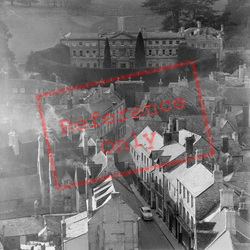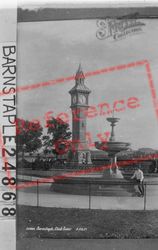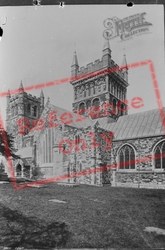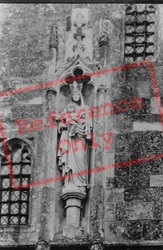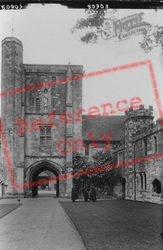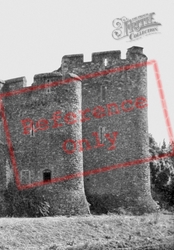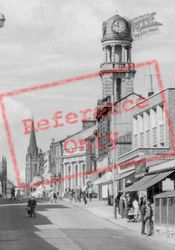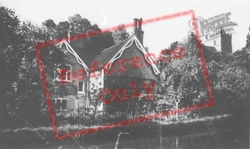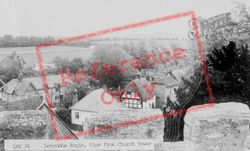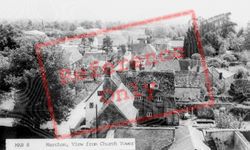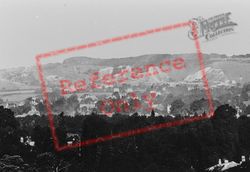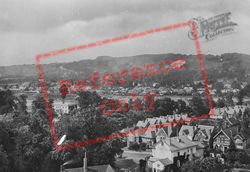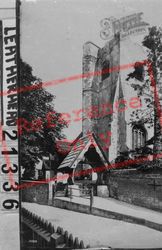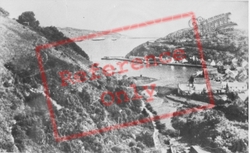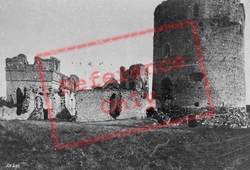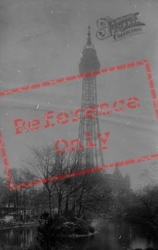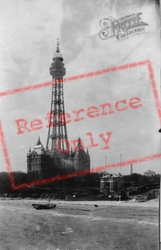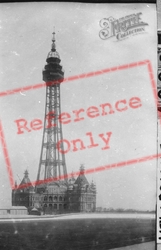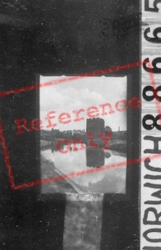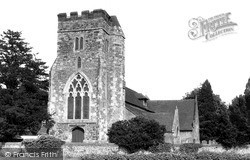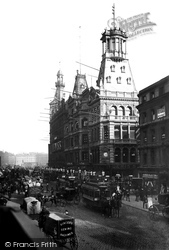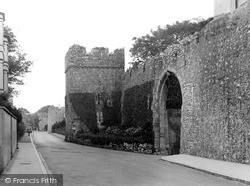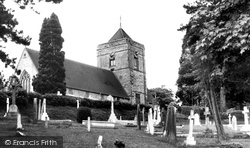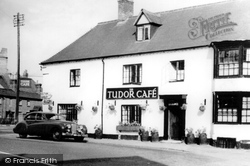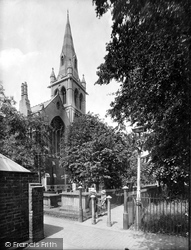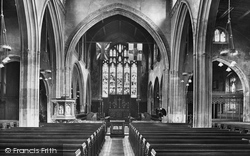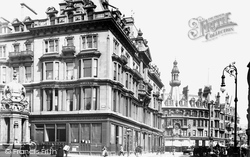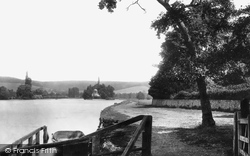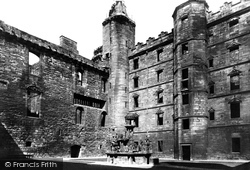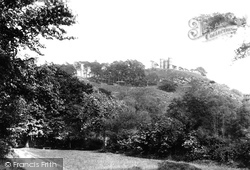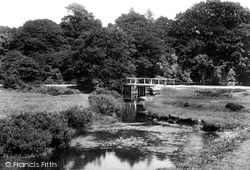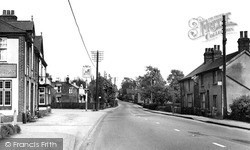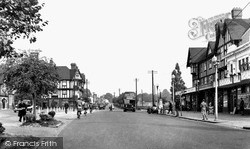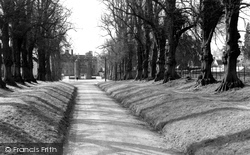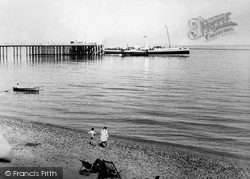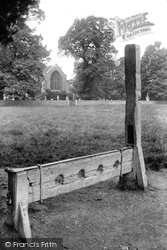Places
36 places found.
Those places high-lighted have photos. All locations may have maps, books and memories.
- Poplar, Middlesex
- Bow, Middlesex
- Bethnal Green, Middlesex
- Stepney, Middlesex
- Alton Towers, Staffordshire
- Isle of Dogs, Middlesex
- Limehouse, Middlesex
- Spitalfields, Middlesex
- Barjarg Tower, Dumfries and Galloway
- Bromley, Middlesex
- Stratford Marsh, Middlesex
- Tower Hill, Merseyside
- Tower Hill, Essex
- St George in the East, Middlesex
- Wapping, Middlesex
- Globe Town, Middlesex
- Old Ford, Middlesex
- Cubitt Town, Middlesex
- Tower Hill, Cheshire
- Tower Hill, Surrey
- Bow Common, Middlesex
- Mile End, Middlesex
- Millwall, Middlesex
- Ratcliff, Middlesex
- Warmley Tower, Avon
- Tower Hill, Hertfordshire
- Tower End, Norfolk
- Tower Hamlets, Kent
- Tower Hill, Devon
- Tower Hill, West Midlands
- Blackwall, Middlesex
- North Woolwich, Middlesex
- Hackney Wick, Middlesex
- Shadwell, Middlesex
- South Bromley, Middlesex
- Tower Hill, Sussex (near Horsham)
Photos
2,720 photos found. Showing results 2,501 to 2,520.
Maps
223 maps found.
Books
1 books found. Showing results 3,001 to 1.
Memories
637 memories found. Showing results 637 to 637.
Captions
3,036 captions found. Showing results 3,001 to 3,024.
A majestic yew tree marks the approach to St Lawrence's, which has a west tower of flint and stone blocks topped with early brick.
The store advertised nine floors of business, but as the last three floors were in the towers I think that was an example of over-advertising.
The square gun tower on the right, c1500, was constructed against the curtain wall, and contains two chambers.
The 88-foot tower is still a landmark today.
On the left of D92001, below, we can glimpse the 14th-century church of St Peter with its 15th-century tower and modern stained glass.
Henry de Rokeby pulled down the old Norman chancel and rebuilt it in 13th-century style, adding an unusual tower (72131, opposite): early commentators believed that it was intended as a place
The nave and clerestory were added in 1489, and the final details - the chancel, tower and south porch - were added in the early 1500s.
By contrast, Argyle Street, belonging to a previous generation of building, had no green spaces at all, and the solitary tree that towered over the tenements of Sandyford is believed to have begun
During the Anglo-Saxon period the town was occupied at varying degrees of intensity, but the only physical reminder of these centuries is the fine west tower of Holy Trinity church, a mid 11th-century
The Congregationalists had already built their stone-fronted church in London Road with its twin Norman-style towers in 1850, designed by Charles Searle.
Behind loomed the chimneys and brew tower of Brakspear's brewery.
Queen Margaret's Bower is where her majesty kept vigil while James IV fought at Flodden.
Chatsworth is then reached by way of Queen Mary's Bower.
When this photograph was taken, Bower House was the home of the Ford Marketing Institute.
This castle, since demolished, sits on Queen Eleanor's Bower. Legend says that she watched her husband win the Battle of Shrewsbury from here in 1403. Henry IV won that battle.
Nobody knows for sure why this delightful corner of the Forest is called Queen's Bower. The origins of the name are lost in the mists of antiquity.
Gun Hill takes its name from the Gun Inn, further up London Road at Bowers Gifford. The pub seen here—the Bull—is displaying a 'Sundays: No Coaches' sign.
Pitsea lies to the north of Bowers Marshes.
Cuckfield Park was built by Henry Bower, a wealthy ironmaster, who died in 1588 and was buried in Holy Trinity church. The house is not open to the public.
With the introduction of the original 'Waverley' vessel in 1888, and boasting a 13-strong fleet by 1914, the 'White Funnels' of P A Campbell & Co were to establish their dominance in cross-channel travel
Gun Hill takes its name from the Gun Inn, further up London Road at Bowers Gifford. The pub seen here—the Bull—is displaying a 'Sundays: No Coaches' sign.
Walter Bowers is driving the carrier's cart.
There is still a stocks and whipping post at Havering-atte-Bower, and there has been since at least the 17th century, when they were destroyed by a mob.
Walter Bowers is driving the carrier's cart.
Places (38)
Photos (2720)
Memories (637)
Books (1)
Maps (223)


